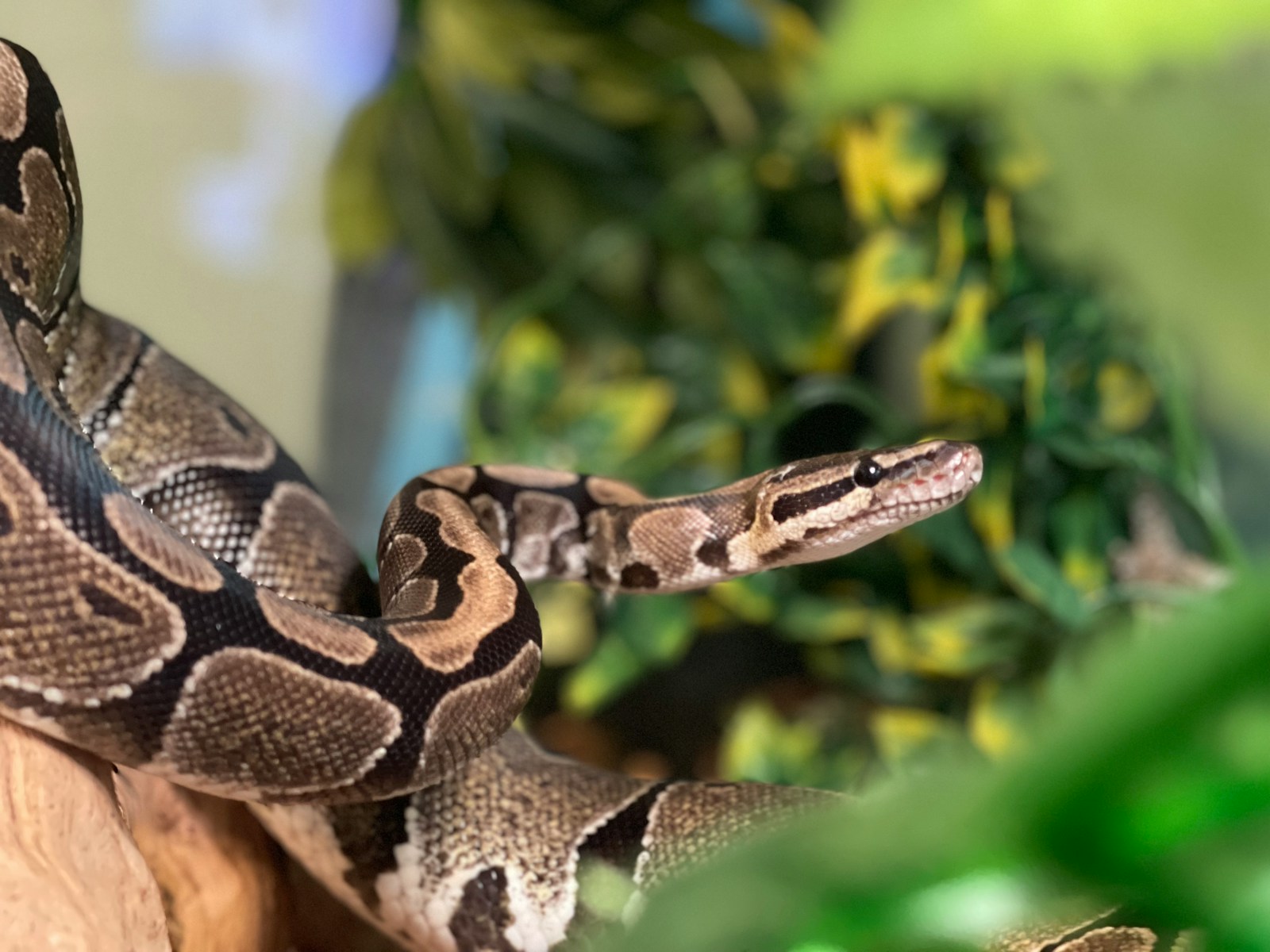In the diverse world of reptiles, snakes have evolved remarkable adaptations to survive in various environments. Among these fascinating behaviors, one stands out as particularly intriguing: certain snake species deliberately seek out and inhabit termite mounds. This phenomenon, observed across multiple continents, represents a sophisticated ecological relationship that benefits the serpentine residents in numerous ways. From the scorching African savannas to the tropical forests of Australia, these reptilian squatters have discovered that the architectural marvels created by termites offer an ideal microhabitat with advantages that go far beyond simple shelter.
The Architectural Marvel of Termite Mounds

Termite mounds represent some of nature’s most impressive architectural achievements, standing as tall as 30 feet in some regions and featuring complex internal structures. These insect-built fortresses are engineering marvels complete with ventilation systems, temperature regulation mechanisms, and multiple chambers serving different functions. The mounds are constructed from soil particles cemented together with termite saliva and excrement, creating a remarkably durable structure that can withstand harsh weather conditions for decades. Their intricate design maintains relatively stable internal conditions despite external temperature fluctuations, essentially functioning as a primitive but effective climate control system in some of the world’s most challenging environments.
Snake Species That Favor Termite Mounds
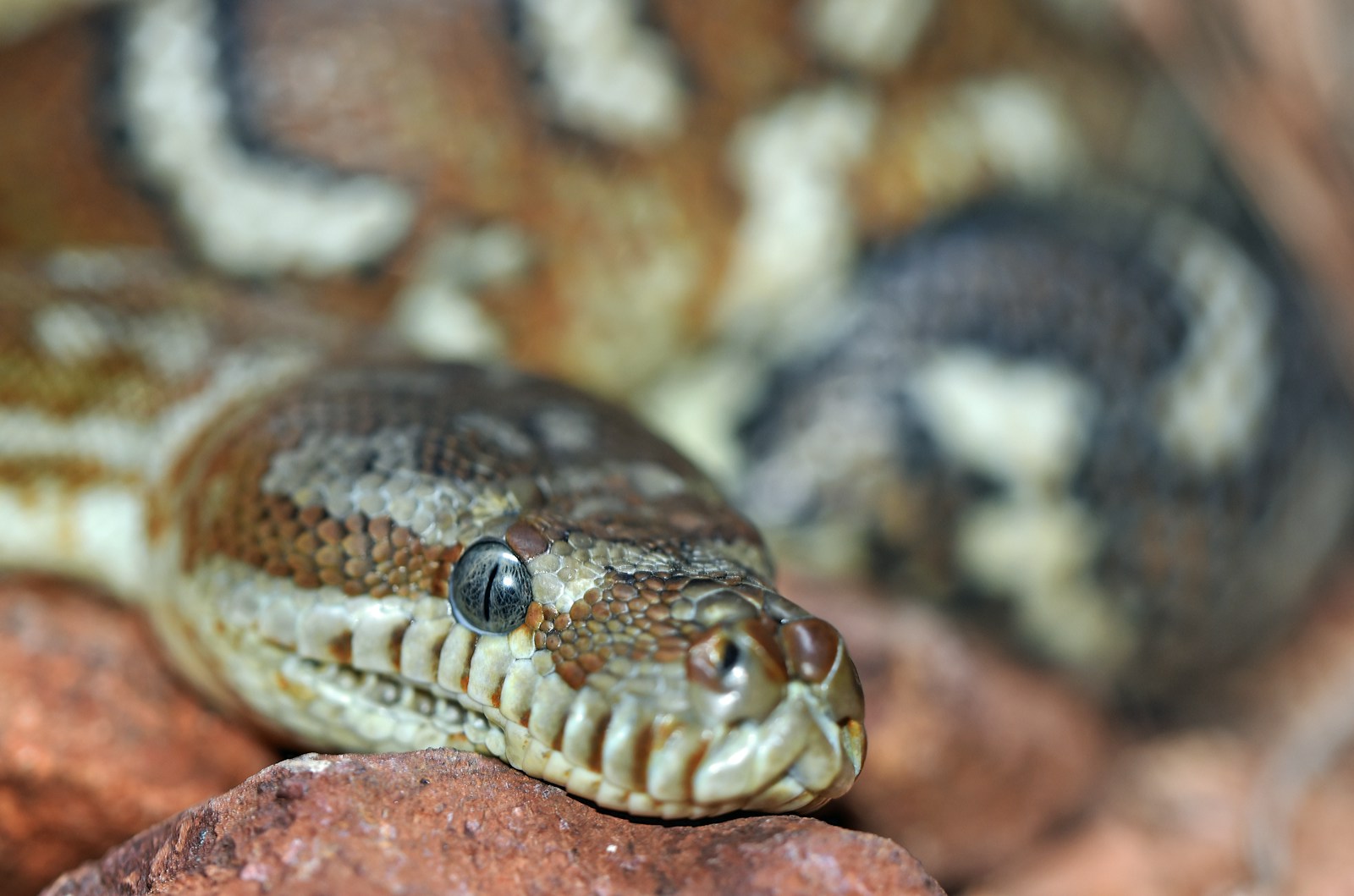
Several snake species across different continents have independently evolved the behavior of inhabiting termite mounds. In Africa, the Rufous-beaked Snake (Rhamphiophis oxyrhynchus) and certain species of cobras are known to take advantage of these structures. Australia’s Pygmy Python (Antaresia perthensis) and the Black-headed Python (Aspidites melanocephalus) are frequently found utilizing termite mounds for shelter and reproduction. In South America, certain species of burrowing snakes in the family Colubridae have also been documented making their homes within termite structures. The King Cobra (Ophiophagus hannah) in Asia has been observed using abandoned termite mounds as nesting sites, demonstrating the global nature of this adaptation across unrelated snake lineages.
Temperature Regulation Benefits

Perhaps the most significant benefit termite mounds offer snakes is superior temperature regulation, which is crucial for these ectothermic reptiles. The thick walls of termite mounds provide excellent insulation, maintaining relatively stable internal temperatures despite dramatic external fluctuations. During scorching days, the interior remains significantly cooler than the outside environment, offering relief from potentially lethal heat. Conversely, during cool nights or seasons, the mound retains heat, providing warmth when external temperatures drop. This temperature-buffering effect is particularly valuable in regions with extreme conditions, such as the African savanna or Australian outback, where daily temperature swings can exceed 30°C (86°F).
Protection from Predators

Termite mounds offer excellent protection from a wide range of predators that might otherwise target snakes. The hard, fortified exterior walls are difficult for many predators to breach, creating a secure refuge for the serpentine inhabitants. Access to the interior is typically limited to a few small openings, which snakes can navigate but many larger predators cannot. For smaller snake species, this protection is particularly valuable against aerial predators like hawks and eagles that might spot them in open terrain. Additionally, the complex internal network of chambers and tunnels provides numerous hiding spots and escape routes should a persistent predator manage to enter the structure.
Humidity Control and Water Conservation
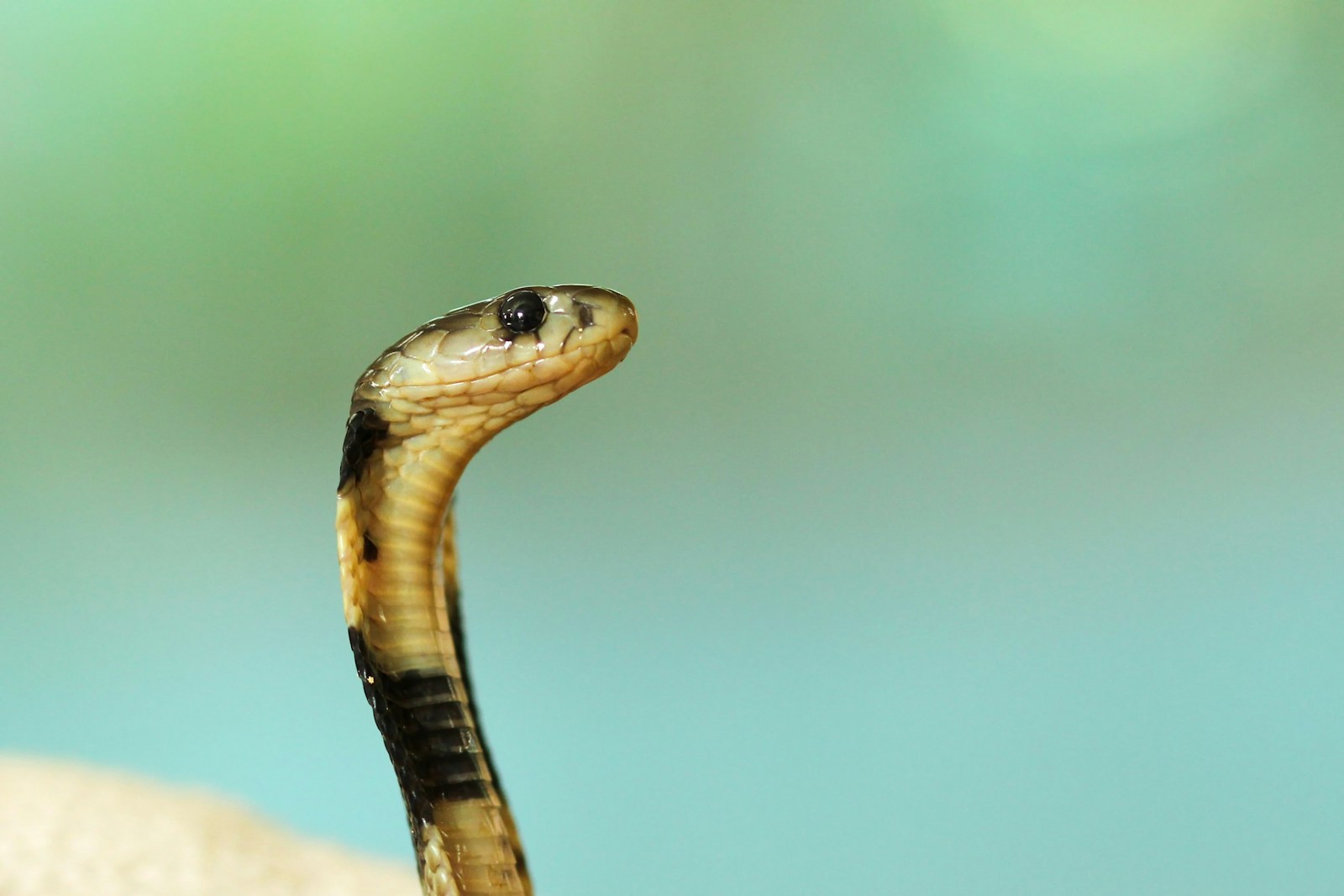
Moisture regulation represents another crucial benefit that termite mounds provide to their snake inhabitants. The materials used by termites in construction, combined with the activities of the insects themselves, create a microenvironment with higher humidity than the surrounding landscape. This moisture-rich environment helps snakes reduce water loss through their skin and respiratory system, a critical factor in arid environments where dehydration poses a serious threat. Some snake species are particularly susceptible to desiccation, making this humidity-controlling feature of termite mounds essential for their survival. During dry seasons or drought conditions, these moist sanctuaries can mean the difference between life and death for their serpentine residents.
Nesting and Reproduction Advantages
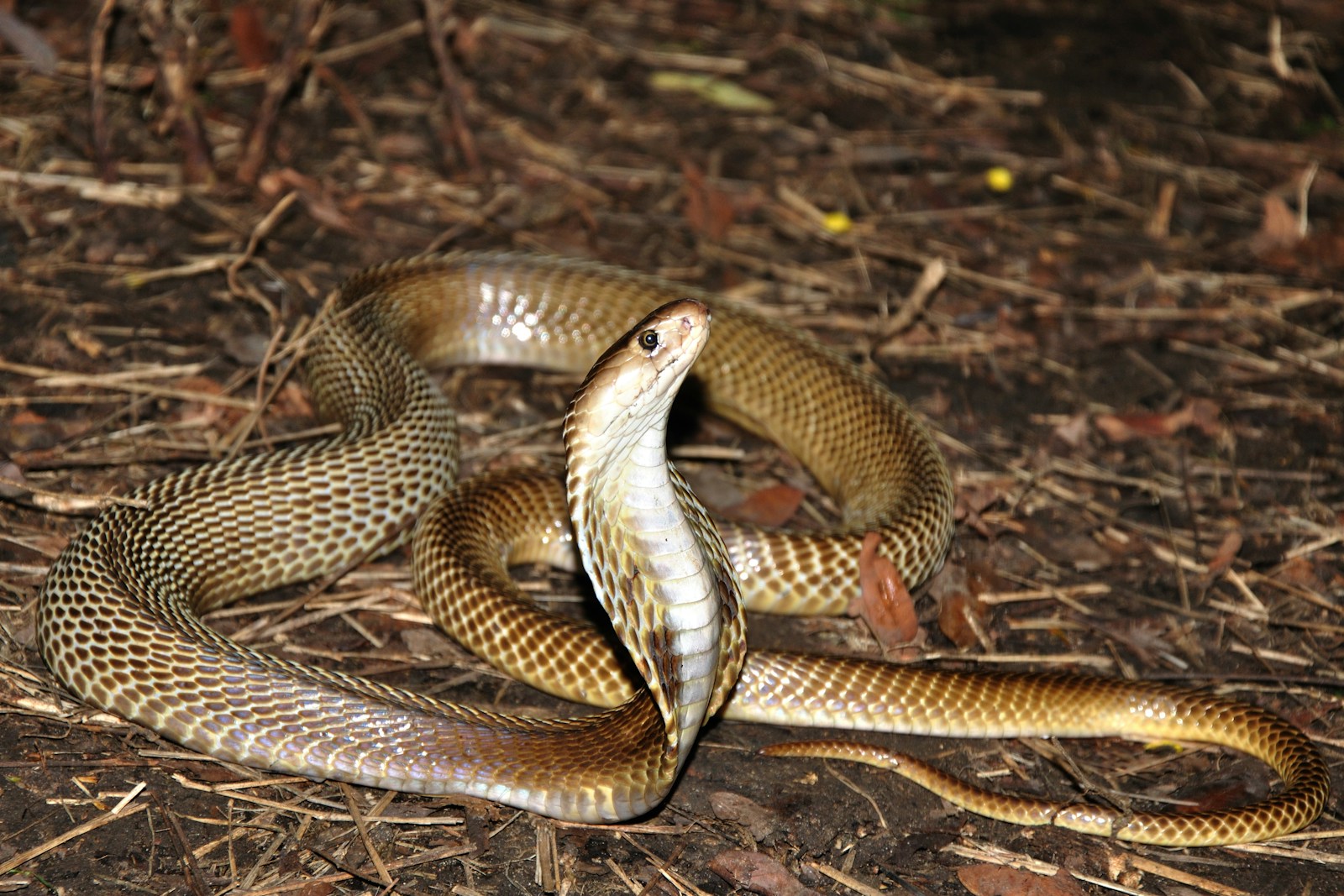
Many snake species specifically seek out termite mounds as nesting sites, taking advantage of the controlled environment for reproduction. Female snakes often lay their eggs within chambers inside the mound, where the stable temperature and humidity create ideal incubation conditions. This is particularly important because reptile egg development is highly sensitive to environmental conditions, with temperature even influencing the sex determination of offspring in some species. The protection from predators further increases the chances of successful hatching compared to nests in more exposed locations. For example, the Black-headed Python of Australia regularly deposits its eggs within termite mounds, where they remain safe until hatching.
Convenient Food Source

For some snake species, living in a termite mound provides the ultimate convenience: a residence with built-in meal delivery. Certain specialized snakes feed on the termites themselves, essentially moving into their food source and enjoying a constant supply of nutrition. Other species target the various creatures attracted to the termite colony, such as lizards, frogs, and small mammals that may visit or inhabit different parts of the mound structure. This arrangement minimizes the energy expenditure and risk associated with hunting, as the snake can simply wait for prey to come within striking distance. Some snake species have even developed specialized hunting techniques specifically adapted to capturing termites or their visitors efficiently.
Coexistence with Termites: A Complex Relationship
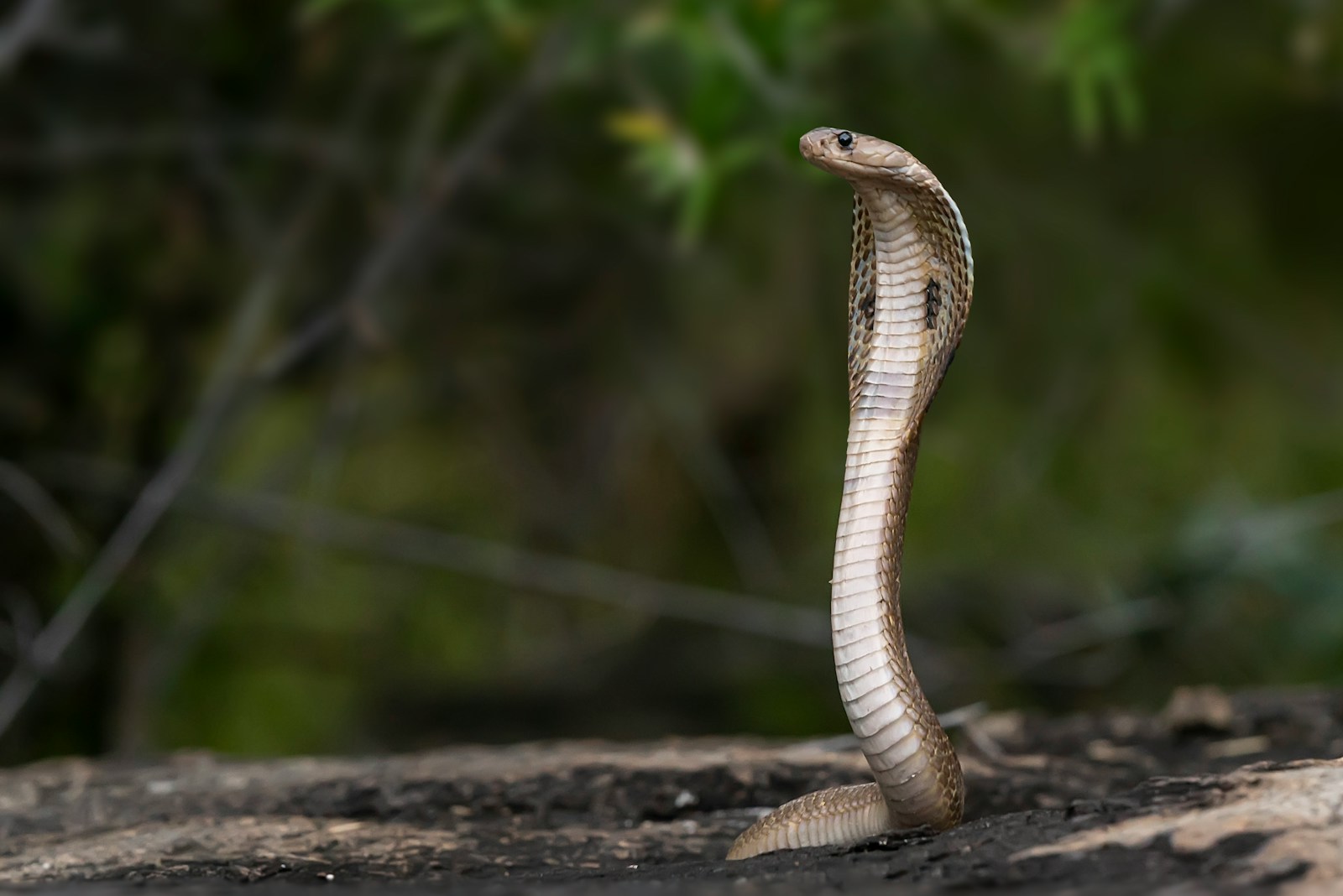
The relationship between snakes and termites ranges from predatory to surprisingly neutral, depending on the snake species involved. Some snake residents, particularly specialized termite-eaters, actively prey on their builders, creating a paradoxical situation where they are simultaneously destroying and benefiting from their hosts. Others show remarkable restraint, living alongside the insects without significant predation, essentially functioning as commensals that benefit while causing minimal harm. Termites appear to have varying responses to snake inhabitants, with some species actively attempting to seal off chambers containing snakes, while others seemingly tolerate the presence of their reptilian roommates. This dynamic creates a fascinating ecological relationship that continues to evolve over time.
Modifications and Adaptations by Snake Residents
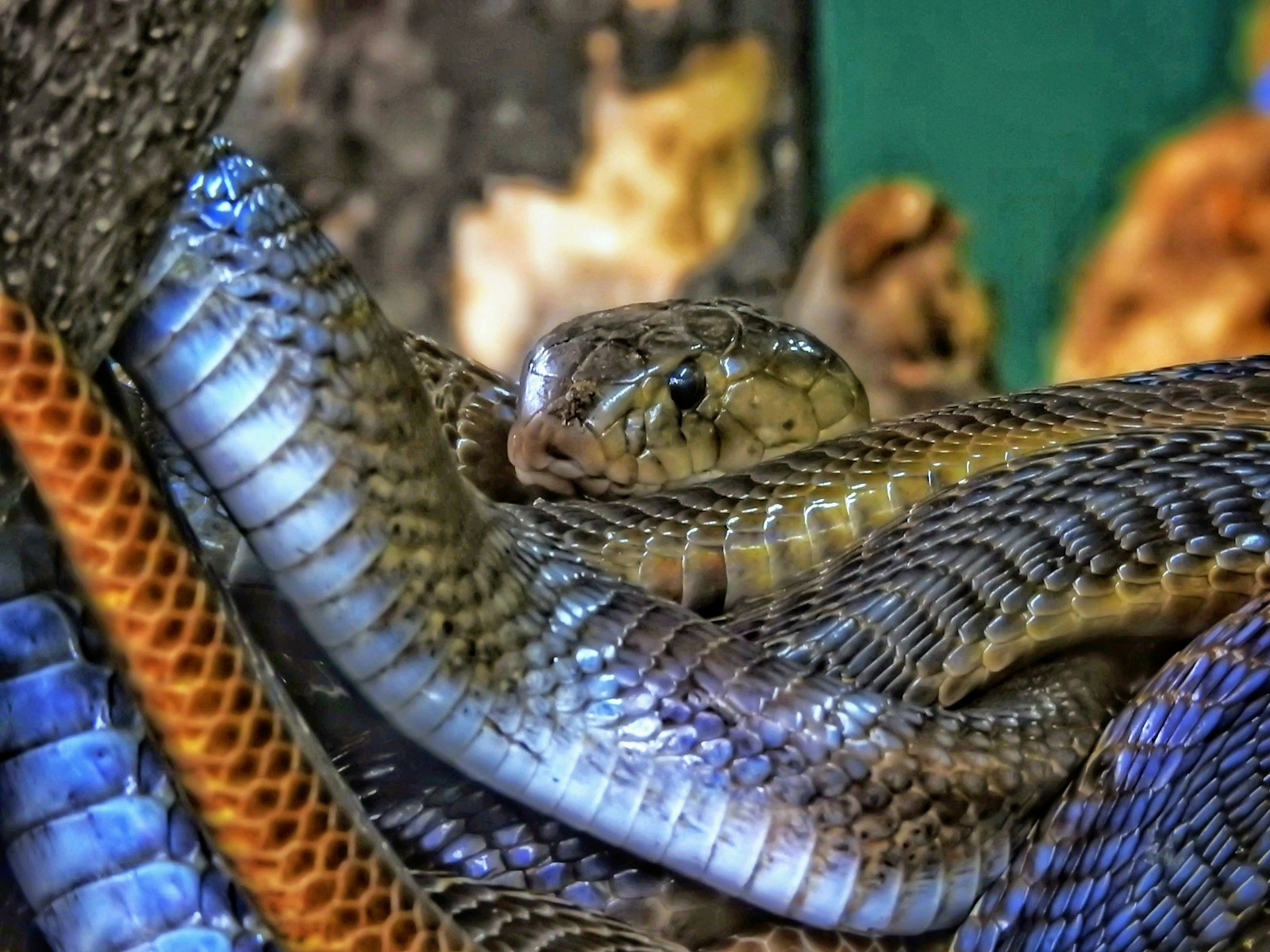
Snakes that regularly inhabit termite mounds often display specific adaptations that enhance their ability to utilize these unique microhabitats. Some species have developed more cylindrical body shapes that facilitate movement through narrow tunnels and chambers. Others show behavioral adaptations, such as specialized techniques for navigating the complex internal architecture or methods for expanding existing chambers to accommodate their bodies. Certain termite mound specialists have evolved scales with particular textures or compositions that may provide protection from the defensive secretions of soldier termites. These adaptations demonstrate the evolutionary significance of this behavior and suggest it has been occurring for sufficient time to drive physical and behavioral changes in the snake species involved.
Seasonal Patterns of Occupation
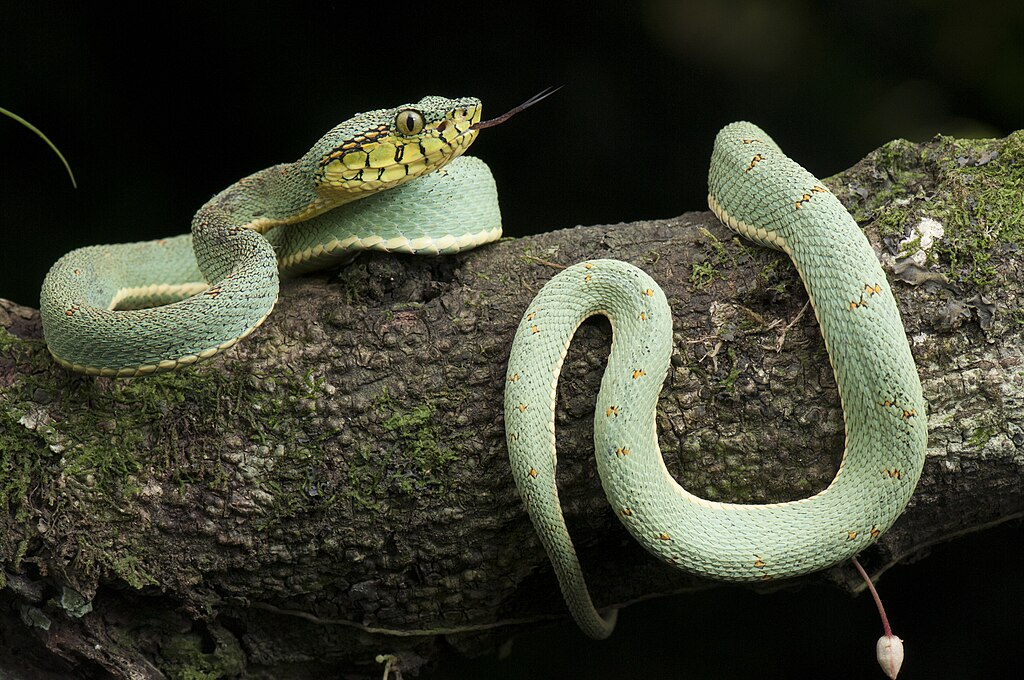
Many snake species display distinct seasonal patterns in their use of termite mounds, demonstrating a sophisticated understanding of when these structures offer the greatest advantages. During extreme weather periods, such as the height of the dry season or the most intense heat, termite mound occupation typically increases as the benefits of temperature and humidity regulation become most critical. Some species may only use mounds during their breeding season, taking advantage of the protected environment specifically for egg laying and incubation. Others maintain a year-round presence but adjust their position within the mound’s complex structure depending on seasonal needs, moving deeper during extreme conditions and closer to the surface when external conditions are more moderate.
Competition for Prime Real Estate
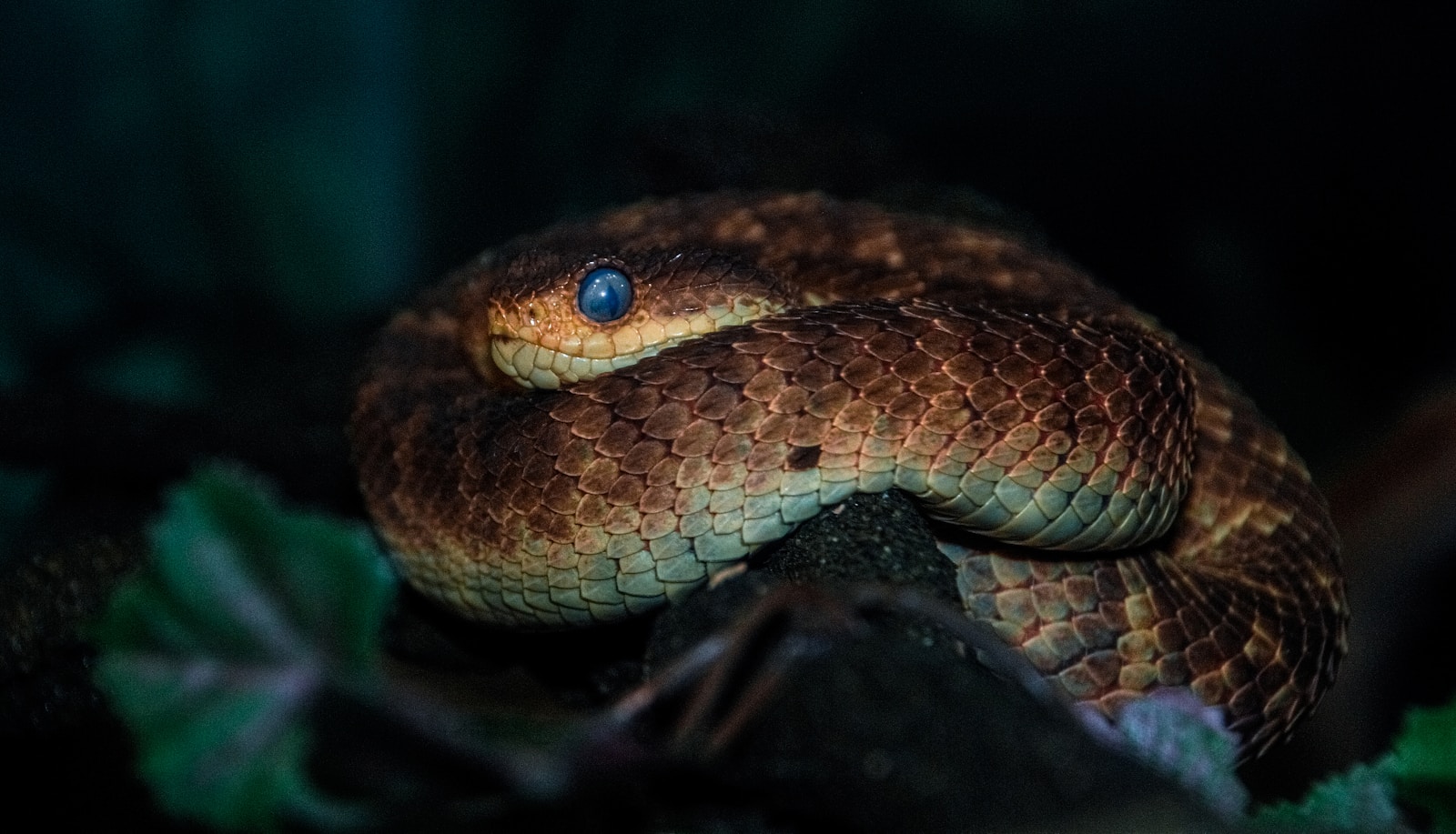
The significant advantages offered by termite mounds make them valuable resources that can spark competition among various animals seeking shelter. Different snake species may compete directly for access to particularly desirable mounds, especially those with optimal size, location, or internal conditions. This competition extends beyond snakes to include other reptiles, small mammals, and various invertebrates that also recognize the benefits of these structures. Evidence suggests that larger or more aggressive snake species often dominate the most desirable mounds, forcing smaller or less competitive species to settle for less optimal structures. In some ecosystems, researchers have documented hierarchies of occupation, with different species cycling through the mounds as dominant individuals arrive or depart.
Conservation Implications

The relationship between snakes and termite mounds has important conservation implications, particularly in ecosystems where human activities are altering the landscape. Agricultural expansion, urbanization, and certain land management practices can reduce the number and quality of termite mounds available, potentially impacting the snake species that depend on them. In some regions, termite mounds are destroyed as part of pest control efforts or harvested for traditional construction materials, directly eliminating this critical microhabitat. Conservation strategies increasingly recognize the importance of preserving these structures as essential components of healthy ecosystems. For certain threatened snake species that specialize in termite mound habitation, protecting these insect-built structures may be as important as protecting the snakes themselves.
Research Challenges and Future Directions

Studying snake behavior within termite mounds presents unique challenges that have limited our understanding of this fascinating ecological relationship. The secretive nature of snakes combined with the hard, enclosed environment of termite mounds makes direct observation difficult without destructive sampling methods. Modern technologies such as fiber-optic cameras, ground-penetrating radar, and thermal imaging are beginning to provide new insights without damaging the structures. Genetic techniques now allow researchers to identify which snake species use particular mounds by analyzing shed skin and fecal material found near entrances. Future research directions include better understanding the long-term dynamics of snake-termite relationships, documenting the full range of snake species utilizing this behavior worldwide, and investigating how climate change might affect this critical ecological relationship as temperature regimes shift in many regions.
Conclusion

The relationship between snakes and termite mounds exemplifies the remarkable adaptations that emerge through evolutionary processes. By exploiting these insect-built structures, snakes gain significant advantages in temperature regulation, predator avoidance, humidity control, and sometimes even convenient access to food. This behavior demonstrates the opportunistic nature of many snake species and their ability to identify and utilize beneficial microhabitats. As research continues to reveal more details about these fascinating relationships, we gain deeper insights into the complex ecological networks that sustain biodiversity across different environments. The next time you spot a termite mound rising from the landscape, remember that it may be more than just an insect colony—it could be a sophisticated multi-species condominium with a scaly resident lurking inside.

